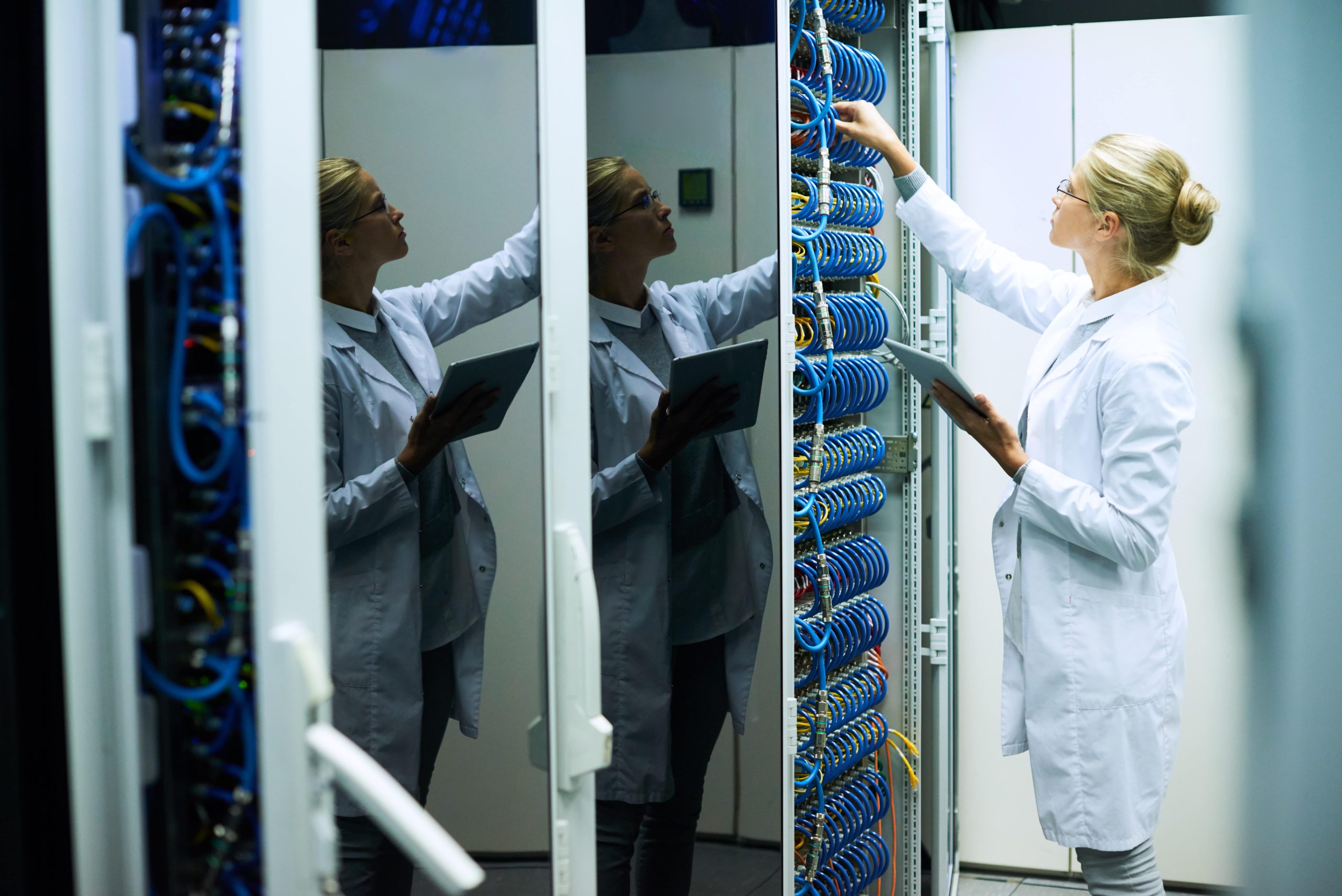The coronavirus pandemic has caused very trying times for people around the world. You would be hard pressed to find someone who hasn’t been impacted in some way. Schools are closed, unemployment rates are high, people are working from home, and many small businesses and large chains are simply not operational during this time. There are many suggestions to getting as much information on the virus as possible. Some are even turning to Supercomputers.
The biggest questions we have are: When will this all be over? When is viable treatment going to be introduced? And when will a vaccination be available to the masses? These are all great questions along with: How will we get the answers to these questions?
Some entities, including the United States government, have turned to supercomputers to assist with researching the virus. The White House Office of Science and Technology and the U.S. Department of Energy have reached out for help to learn more about the virus. Some of the companies include IBM, AWS, Microsoft and others. Some of the companies include IBM , AWS, Microsoft and others.
What the Supercomputers are actually doing
Together all of the companies helping have assembled 16 supercomputer systems that have 775,000 cores and 34,000 GPU’s (Graphics Processing Unit). This combination of power has not been seen from companies collaborating for the same thing. IBM and their collaborating companies are responsible for running huge collections of data for modeling. Some if the models include molecular modeling, epidemiology, and bioinformatics. These will help to try to collect as much information as possible to learn more about the virus each day.
Molecular modeling is the science of representing molecular structures numerically and simulating their behavior with the equations of quantum and classical physics. These supercomputers are seeing how the virus acts using physics.
Epidemiology is the application of this study to the control of health problems and how it affects a population (in this case everyone on the planet).
Bioinformatics may be the most important part of what the supercomputers are doing. It is a rather new branch of data science used for solving biological problems. It is dependent on the first two functions that were previously mentioned. It can lead to how we deal with this pandemic as far as a cure and treatment options. It may even help advise the public on what to do during the pandemic.
What is needed?
Now that we know what these supercomputers are doing, what do they need to perform to the best of their ability? The answer is simple… data and lots of it. The more data reported, the more analysis tests the supercomputers run. This means the more accurate information about the virus and how to stop it is generated. The numbers being reported to the public and directly to these companies need to be accurate. They are not just collecting data from the United States. They are trying to take information from wherever they can get it. This means if countries are not reporting the correct data, the results from the supercomputers will not be as accurate.
Reporting accurate information is the most important part to the success of the supercomputers. Without it, the results of their analysis would be unreliable and all for nothing. Luckily, the supercomputers have filters to sort reliable data from unreliable data and give different results based on how they sort the information that is presented to them.
What Progress Has Been Made So Far?
After collecting large volumes of data at all times, the supercomputers are starting to make conclusions about what can be done and possibilities for treatments and cures. After collecting such large amounts of data, the supercomputers are working on models that will be viewed by researchers who work with the data and results. Researchers want to focus on the spread of the virus and mitigation of the spread, drug repurposing, as well as new developments for therapeutic candidates.
Researchers are also focusing on the effectiveness of social distancing, density of the virus within populations of all sizes, and how to deal with reaching maximum capacity in hospitals across the country. This virus is something that has never happened in our lifetime, so collecting information will not only benefit us now, but in the future as well.
Solutions we come up with can help for generations if something of this nature happens again. Lives are at stake so the supercomputers, researchers, and the companies invested in this are all hands on deck in order to help us decide what our next move will be and how we can put a stop to this pandemic.
For assistance with remote support contact us today!

